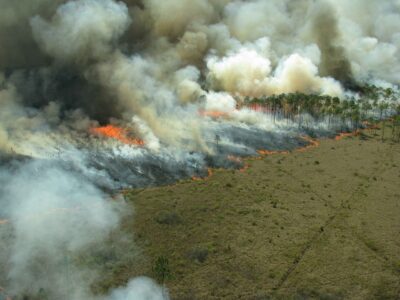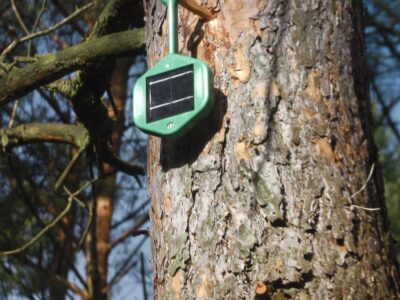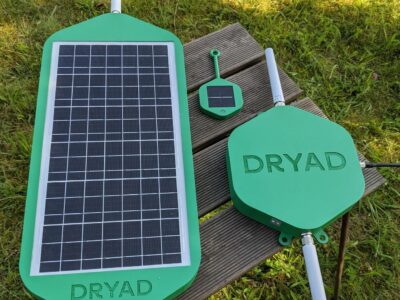



The Threat Posed by Wetter Winters
Carsten Brinkschulte discusses wet winter impacts on wildfire trends
Argentina, Australia, Canada, Chile, Greece, Turkey and the USA are just some to the countries to have experienced terrible wildfires in recent years. How the fires start may vary from region to region, but a major reason for an increased intensity of wildfires is shared: wet winters.
There is a common misperception that a wet winter would help reduce the number and ferocity of spring and summer wildfires, but it’s generally quite the opposite. A wet winter nourishes grass and other ground vegetation that is the primary fuel for wildfires. When a wet winter is followed by a dry spring and summer and high winds, it’s usually a recipe for a difficult fire season. The lush grass and other ground vegetation that grew so well as a result of the wet winter dries during the spring and summer - making the perfect fuel for a fire.
A continuously wet climate, of course, would help against wildfires, but climate change is creating more weather extremes. We have more rain in the winter, but substantially less in the summer, which makes the wildfire season more aggressive. Also, because more people are living in the wildland urban interface, more homes and lives are potentially—and actually—exposed to the threat of wildfires.

In some countries, wildfires have become an unavoidable reality, with seasonal outbreaks posing a consistent threat. Mediterranean nations have been bearing the brunt of wildfire outbreaks in Europe, but northern European nations shouldn’t think the issue will never touch them. Although they haven’t reached the level of wildfire risk of their southern neighbours, it is crucial that they take proactive measures to prevent, mitigate, and control fires in their forests and moorlands. As climate patterns shift, the likelihood of wildfires becoming more frequent in northern Europe increases, making it essential to address this emerging risk now to protect natural landscapes and communities. Embracing early prevention and effective containment strategies will help prepare for and manage what may soon be an inevitable challenge.
There are many technologies and approaches now available and in development that can help reduce the number, severity and impact of wildfires. For example, small, solar-powered sensors are increasingly used to provide ultra-early fire detection. The sensors, mounted on trees and part of a network (called Silvanet), can detect heat, smoke, gas and flames when fires are at an early stage, and alert responders before a fire is too large to easily contain.

Sensors mounted on trees can be paired with satellites, which of course provide a high-level view of a fire and the way it is spreading to best inform strategy for controlled burns and evacuations. Controlled burns of ground fuel can help stop wildfires from spreading or starting; when a fire reaches burned fuel such as burned grass, it usually can’t spread further on the ground and can only spread when burning fuel is carried by winds.
There are more technologies being developed, partially inspired by the XPrize Wildfire competition, which challenges organisations to develop solutions that detect and suppress potentially destructive wildfires within 10 minutes. Such solutions include drone fleets that can fly below the tree canopy to extinguish fires on the ground. Sensors provide the ultra-early detection that then can alert firefighters to dispatch drones to extinguish a fire much faster than it would take for firefighters to arrive at the scene, by which time a fire could already have grown too large to be easily and quickly contained.

For those countries beginning to experience more frequently wetter winters, there is a window of opportunity to integrate advanced wildfire detection and containment technologies before wildfire risks intensify. Deploying ultra-early detection systems can prevent small fires from escalating into major threats. With proactive technology and strategic management, wildfire resilience can be enhanced, protecting countryside and communities for the future.
ABOUT THE AUTHOR
Carsten Brinkschulte is CEO and co-founder of Dryad Networks. Dryad provides ultra-early detection of wildfires as well as health and growth-monitoring of forests using solar-powered gas sensors in a large-scale IoT sensor network. Dryad aims to reduce unwanted wildfires, which cause up to 20% of global CO2 emissions and have a devastating impact on biodiversity. By 2030, Dryad aims to prevent 2.8million hectares of forest from burning, preventing 1.1bn tonnes of CO2 emissions, saving 166m animals, and preventing $21bn in economic loss.








